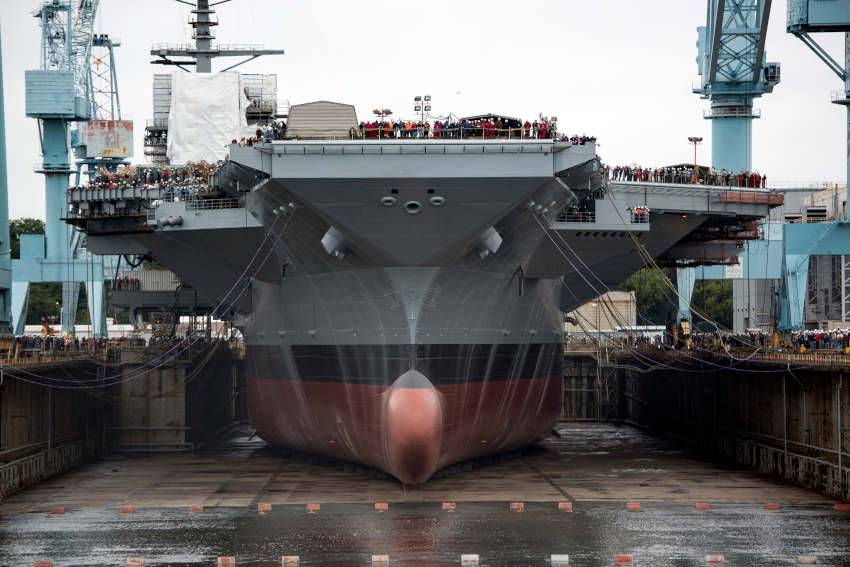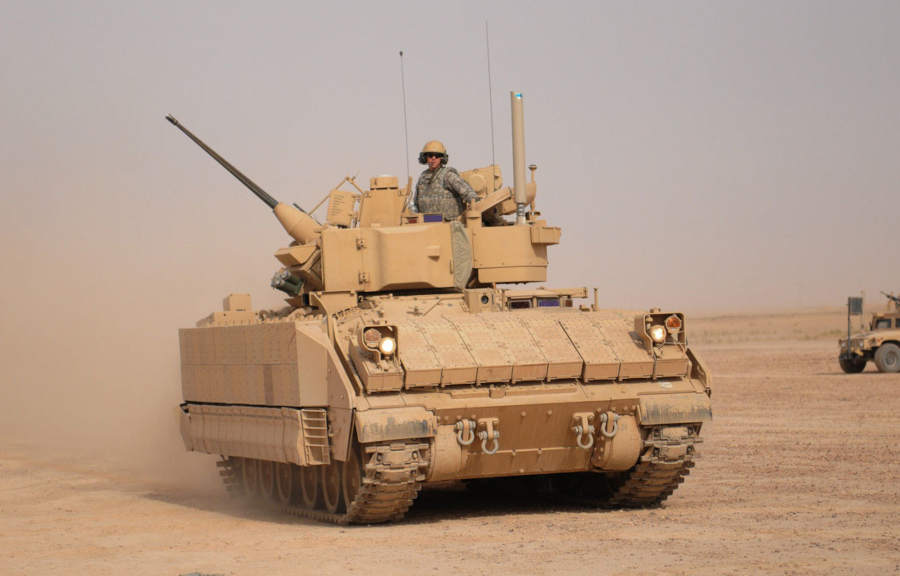
DOD has discovered that FAR regulations and the traditional contracting process stand in the way of innovation. The U.S. Military is facing competition from other nations and must look to industry for ways to increase production capacity, streamline maintenance, and develop new technologies.
Defense contracting is governed by a set of rules called the Federal Acquisition Regulations (FAR). These rules are designed to foster competition which saves the government money, but severely limits interaction between the military and industry. Companies find it difficult to reach end users because FAR regulations encourage contractors to communicate with contracting officers.
What is an OTA?
OTA was created to give DOD the flexibility necessary to adopt and incorporate business practices that reflect commercial industry standards and best practices into its award instrument. When leveraged appropriately, OTs provide the Government with access to state-of-the-art technology solutions from traditional and non-traditional defense contractors (NDCs), through a multitude of potential teaming arrangements tailored to the particular project and the needs of the participants.
OTAs are a contracting vehicle which is available when FAR based procurement, grants, and cooperative agreements are not applicable. An OTA allows the government to interact with industry without interference from FAR, DFAR, and the Competition In Contracting Act (CICA). It can be used to finance R&D projects, prototypes, and implementation. There are three types of OTAs:
– Research OTs: Authorized under 10 U.S.C. §4021 for basic, applied, and advanced research projects. These OTs are intended to spur dual-use research and development(R&D), taking advantage of economies of scale without burdening companies with Government regulatory overhead, which would make them non- competitive in the commercial (non-defense) sector.
– Prototype OTs: Authorized under 10 U.S.C. §4022 to acquire prototype capabilities and allow for those prototypes to transition into Production OTs. Both dual-use and defense-specific projects are encouraged under section 4022. Per statute, successful Prototype OTs offer a streamlined method for transitioning into follow-on production without further competition.
– Production OTs: Authorized under 10 U.S.C. §4022(f) as follow-on OTs to a Prototype OT agreement that was competitively awarded and successfully completed. The memo entitled “Definitions and Requirements for Other Transactions” (see Appendix E for policy documents and links) requires organizations soliciting for and awarding a Prototype OT to consider the possibility of a follow-on effort and provide notice to performers in the solicitation and awarded agreements that the Government may choose to go directly into production under this authority without additional competition.
The 2025 Defense Authorization has set-aside billions for R&D and implementation to improve U.S. military capability and readiness. Any agency that can award contracts has an Agreements Officer (AO) who can draft OTAs.
Learn more about OTA:
https://www.acq.osd.mil/asda/dpc/cp/policy/docs/guidebook/TAB_A1-DoD_OT_Guide_JUL_202023_final.pdf
Tired of DIBBS / SAM and bid services that don’t understand defense contracting? Try BidLink for free at www.bidlink.net.



